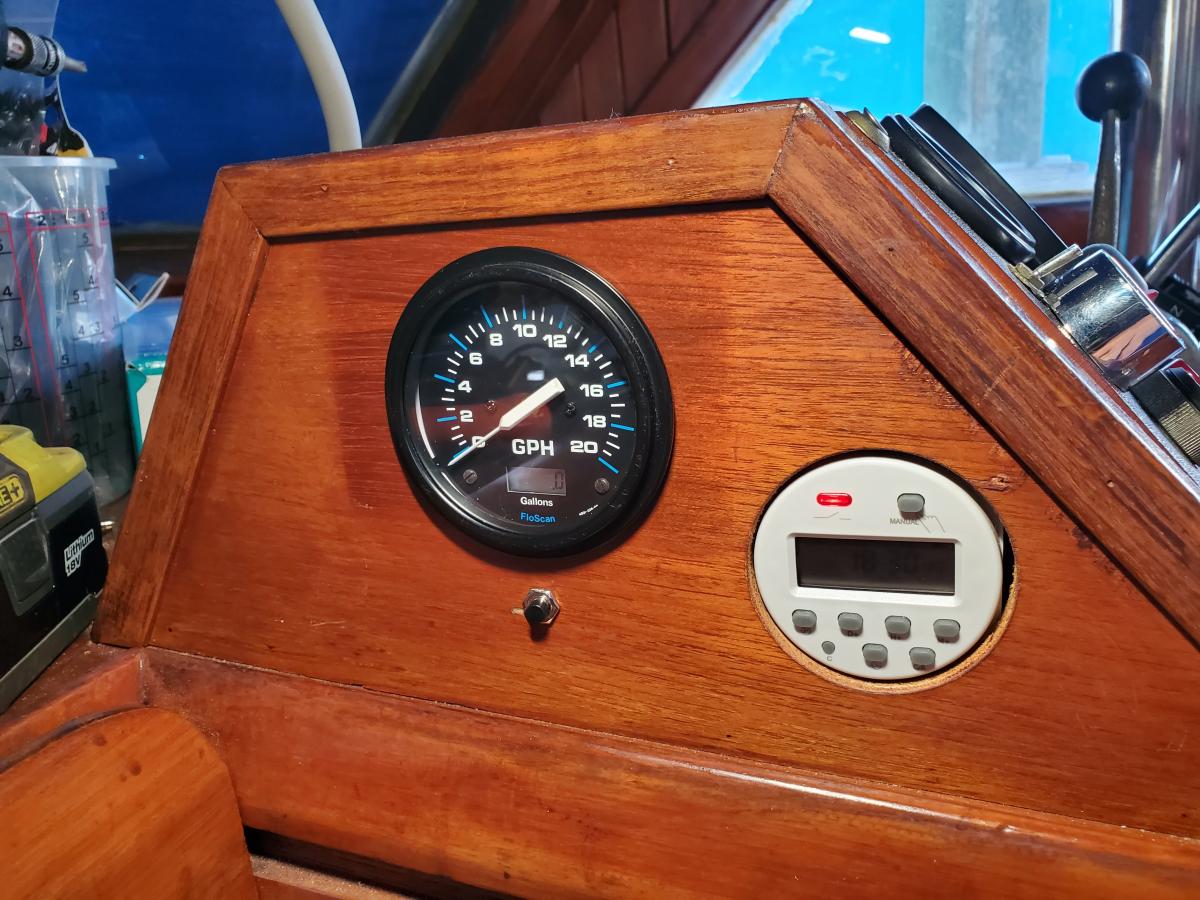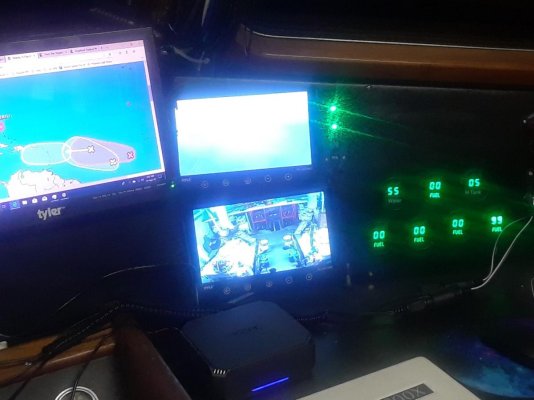Think they're back in business... good thing as they are about the only one that makes these transducers.
I've installed several in aircraft (very similar) and they are very accurate (in the .5% range when set up properly.
The hard thing is emptying the tanks to determine tank quantity. Ya have to tell the unit how much fuel is 1/4, 1/2, 3/4 and full. And you can put in an amount you never go below. That calibration is a PITA. I suppose one could do it when the tanks are as close to empty as you can get them, pump out the rest and fill with a known quantity.
Personally, I'd be happy with the flow part and skip the quantity, as I have more than enough and with my travels, never an issue. But would like to tweak MPG and spend more money on beer.


